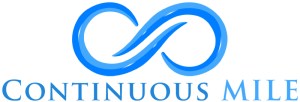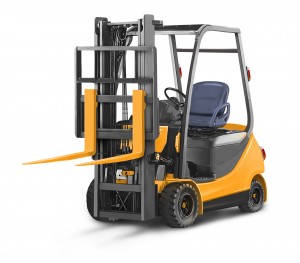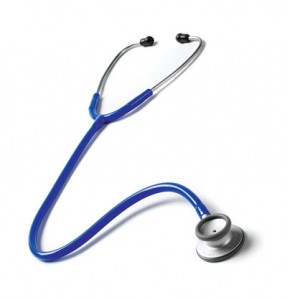 Which is a more valuable resource to you: time or money?
Which is a more valuable resource to you: time or money?
Before you answer, consider your personal life. How do you spend your time? Many of us feel time-constrained with all the things that we believe must be done throughout our busy days. A survey from a few years ago showed that twice as many Americans would prefer two weeks of vacation over two weeks of extra pay!
According to noted psychologist Abraham Maslow, once we have satisfied our basic needs, we pursue the need for self-respect. We also have the desire to be accepted and valued by others. Ironically, our efforts to achieve a certain level of esteem often results in a great deal of time spent on a daily “to-do” list. This leaves us with the feeling that we do not have enough time for ourselves, let alone others.
However, a recent study by Cassie Mogilner and others suggests that our perception of how much time we have available is related to whether we spend time helping others. I found this study fascinating because of its relevance to my personal and professional life.


 hange is hard. Leading others through change can be a daunting
hange is hard. Leading others through change can be a daunting


